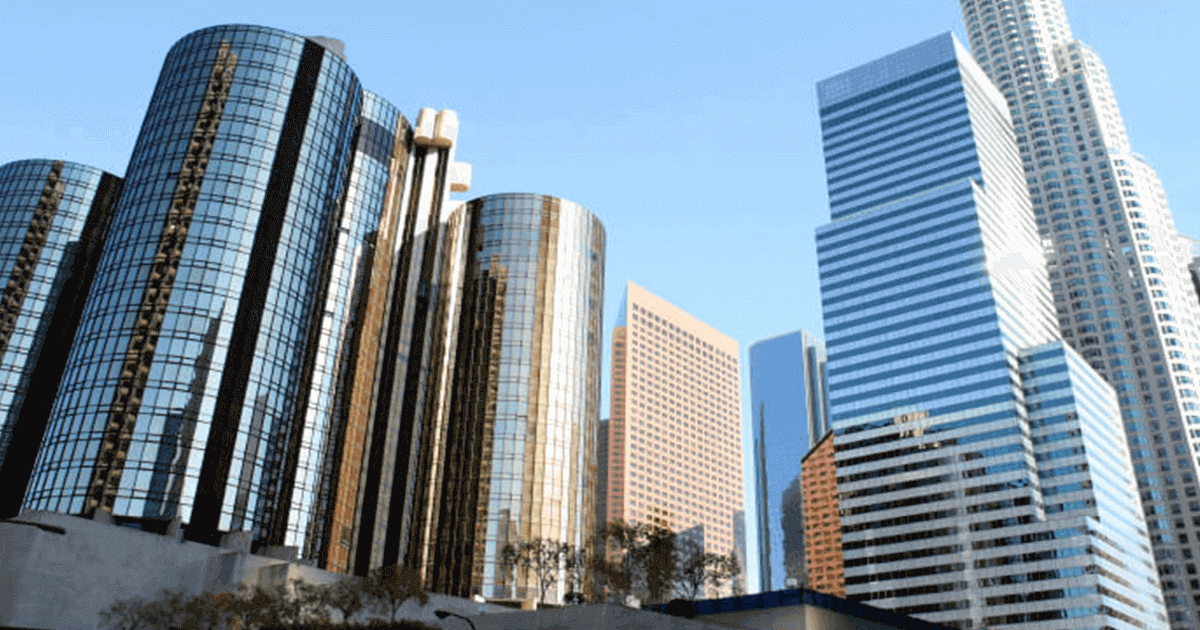No products in the cart.
Resilient Building Strategies: Using LEED to Improve Infrastructure
In our previous post, we introduced the concept of resilience as it applies to infrastructure and disaster relief. To continue this theme, let’s look at what organizations are doing to encourage resilient building strategies.

The U.S. Green Building Council (USGBC) is the preeminent thought-leader on transforming the way buildings are designed, built, and operated. Their focus is to encourage green building practices at all stages of construction.
Resilience is a clear byproduct of this work. Green buildings drive resilience by including practices such as the use of durable materials, thoughtful site selection, rainwater collection, demand response, grid islanding, maximal energy efficiency, on-site renewable energy generation, and more.
Recognizing that natural and manmade hazards pose a threat to the safety of our buildings, the USGBC and its partners issued a statement in 2014, which was updated at the end of Jan. 2018, about what resilience means to them and how they will actively work toward building a more resilient infrastructure.
Specifically, USGBC outlined its commitment to resilience by way of these efforts:
Researching building materials, design techniques, and construction procedures that improve the standard of practice
Educating professionals with continuous learning
Advocating at all levels of government for effective land use policies, modern building codes, and smarter investment in the construction and maintenance of our nation’s buildings and infrastructure
Responding alongside professional emergency managers when disasters occur, including surveying damage, coordinating recovery efforts, and helping communities rebuild better and stronger than before
Planning for the future and proactively pursuing a more sustainable built environment
These activities are housed within USGBC’s Center for Resilience, which exists as a consolidated resource to explain resilience and identify related progress.
As noted in the statement, disasters are expensive to respond to, but much of the destruction can be prevented with cost-effective mitigating features and advanced planning.
USGBC is driving resilience, in more ways than one, by making buildings more sustainable, durable, and functional through the application of LEED. Through integrative design and key credits, LEED guides project teams to invest in climate adaptation strategies to enhance building and community resilience.
There are three pilot credits in the LEED Rating System about resilient design. They were first introduced in 2015 and were recently updated to enhance project resilience more than ever.
Assessment and Planning for Resilience (IPpc98): This credit encourages project teams to determine potential vulnerabilities at the project location. With recent revisions to the credit, risks that must be considered as part of this credit now include sea level rise, extreme heat and more intense winter storms. To earn the credit, project teams must identify risks related to the effects of climate change (this consideration was previously considered optional).
Designing for Enhanced Resilience (IPpc99): This credit ensures that the risk-related information collected as mandated by credit IPpc98 is taken into account via mitigation measures. Originally, this credit required the top three hazards to be addressed in turn for one point. The revised credit states that project teams must address either one or two of the top hazards, with one point available for each. This tiered approach allows teams to earn acknowledgement for mitigating multiple types of risks.
Passive Survivability and Back-Up Power During Disruptions (IPpc100):This credit centers around the concept that buildings should be able to safely shelter occupants during a power outage, as well as be able to provide back-up power. Originally, this credit also addressed access to potable water, but that path has been rewritten as an option for one of the compliance paths.
If you’re interested in learning more about resilient building strategies, consider enrolling in a LEED Green Associate training course.
The LEED Green Associate class is the first step toward learning about proactive building strategies that result in lowered energy use, water use, and construction costs.
With the natural connection between LEED and resilience, you can kill two birds with one stone and start improving buildings with a preventative and holistic approach.